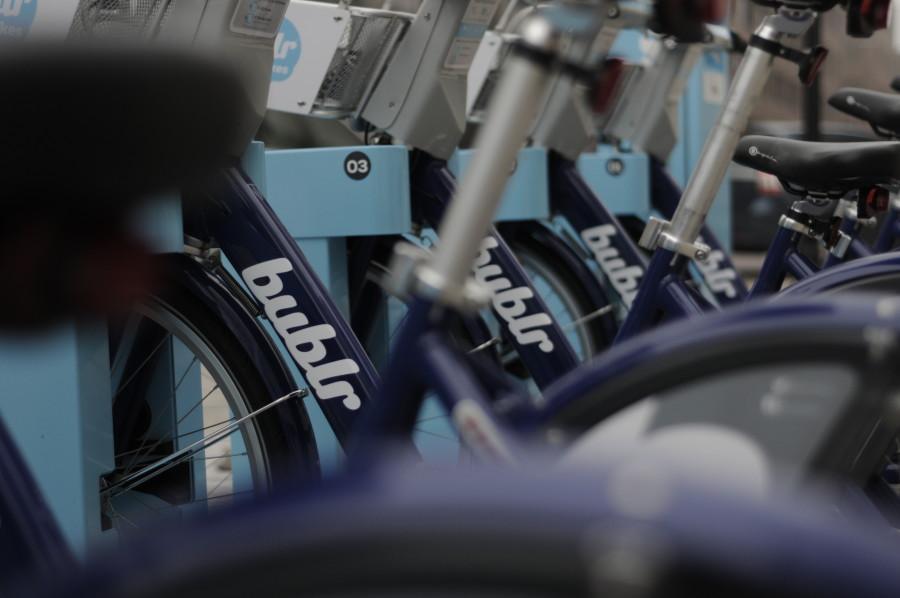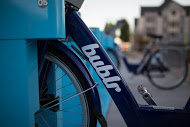 Summertime coming to a close is quite the bummer. The chill of another Midwestern winter is impending, and soon we will have to give up our favorite warm weather activities. A favorite of mine is biking, which admittedly can be done in the winter, but I’m not that hardcore.
Summertime coming to a close is quite the bummer. The chill of another Midwestern winter is impending, and soon we will have to give up our favorite warm weather activities. A favorite of mine is biking, which admittedly can be done in the winter, but I’m not that hardcore.
I try to stretch out the biking season for as long as possible but it can be difficult in a city like Milwaukee. I am hopeful at first, taking my bike down to the lake as often as I can until I get frustrated by how difficult it is in a city that won’t be called a biking capital anytime soon.
Coming from Minneapolis, considered to be one of the most bike-friendly cities in the country, and home to numerous trails and bike boulevards and the Nice Ride bike sharing program, Milwaukee lacks desirable biking qualities. With its massive hills and unclear bike lanes, when there are any at all, the smaller biking population and poor consideration for bikers seems obvious.
However, Milwaukee is trying to change that, with a new downtown bike-sharing system called Bublr Bikes. Nine bike share stations have been installed since the beginning of August, all in downtown locations, in the first wave of efforts to encourage a larger biking population with more transportation options, which could spread throughout the city and onto Marquette’s campus. There are positive upsides, though there are plenty of obstacles that need to be addressed before such a system can effectively drive the desired profits and bike usage.
Firstly, the streets in downtown Milwaukee are not prepared for bikers. Massive potholes, poorly marked bike lanes and little signage advising drivers to be aware of bikers make for a fairly dangerous biking environment. Improvements in these areas need to be made for riders, drivers and pedestrians to stay safe in the busy streets. Nothing dissuades a bicyclist from biking more than the very real threat of getting hit by a car.

Bike sharing programs throughout the nation come up against the problem of safety, as few programs provide helmets with each rental or when one signs up for services. Head injuries are a great risk when bicycling, and a recent joint study from Washington State University and the University of Washington found a 14 percent greater risk for cyclists getting such an injury in bike-share cities. Any city with a bike-share service should address this problem by promoting helmet usage, and the risk of injury could be greater in Milwaukee, where cars often cannot or choose not to see bicyclists.
Bublr Bikes are marketed as available to anyone, yet there is a clear, desired demographic. Milwaukee Mayor Tom Barrett has spoken of how the program will be popular among young professionals and visitors to Milwaukee. This is a reasonable expectation of the program but with many people who do not fit these descriptions in downtown Milwaukee, many people may wind up excluded. Renting a Bublr bike requires a credit card and a prepaid pass, and the locations of rental stations are very close together, implying other transportation is needed to get to them. Some Milwaukee residents, depending on age and financial standing, may not find this program as convenient and accessible as others.
With its clear benefits for the environment and reducing automotive traffic, Milwaukee should make important changes to help a more diverse bike culture flourish. This would include establishing clear bike routes downtown and finding ways to get more people biking safely. Additional sharing stations will be installed in 2015. Until then, there are likely to be a few bumps on the road and the occasional flat, but the city of Milwaukee can start acting to rectify current problems with its bicycle environment.


